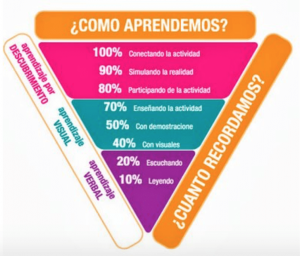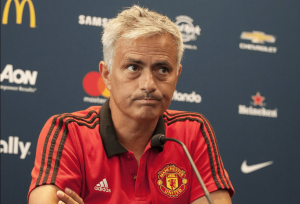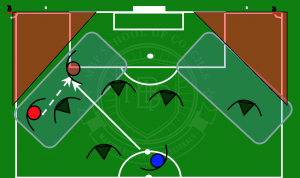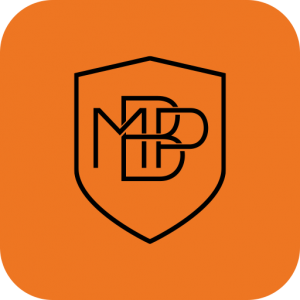[et_pb_section bb_built=”1″][et_pb_row][et_pb_column type=”4_4″][et_pb_text _builder_version=”3.6″]
In the last years, we have read a lot about guided discovery as a teaching style in formative football. But do we really know what it is? When do we have to apply it? In today’s post we will learn more about this pedagogical style and how to use it. But before getting into the subject, let’s make a brief introduction:
What do we understand by teaching style?

We understand the teaching style as the way in which the coach perceives and manages the teaching-learning process of the soccer player in our case. This refers to how the coach helps to learn to the player, how he creates the training session and how he communicates with the player based on how he thinks his players learn or which goals he has for the development of them.
So before talking about what kind of teaching style we think is the most adequated, let’s quickly look at the characteristics of this sport.
What is the nature of a sport like football?
As we have commented in previous publications, we understand that soccer is a tactical preference sport, since due to its great complexity (simultaneous game space, number of players and rivals, use of the ball, restriction of game only with the feet, etc.), the one that dominates the game and obtains success is the one that understands and interprets it better (with and without the ball).
Taking into account this tactical preference, we understand that the cognitive capacity of our players will be basic. So our goal number 1, is to develop intelligent players who have autonomy to understand the game and develop in it (cognitivism), and not automated players who are only able to react through stimulus-response processes (behaviorism).
“Tell me and I will forget it, show it to me and I will remember it, involve me and I will learn it”
Chinese Proverb
The different teaching styles of Muska Mosston and Sara Ashworth:
- Traditional: There is greater control of the teacher over the decisions that affect the Teaching Learning process. They are used to teach specific physical skills. They may be:
-
- Direct instruction
- Task assignment
- Participants: Tend that the student participate actively in both their own learning process and that of their peers. They may be:
-
- Reciprocal teaching
- Teaching in small groups
- Micro teaching
- They encourage individualization: They revolve around the student, taking into account their interests and the different rhythm of learning or aptitude. They may be:
-
- Individual program
- I work in groups
- The modular teaching
- Cognitive: stimulate active and meaningful learning through inquiry and experimentation. The decision making is made by the student. They may be:
-
- The guided discovery
- Problem resolution
- Self appraisal
- Creatives: The teacher is just a stimulus and help for the student. The freedom of expression of the individual, the creation of new movements or innovation is encouraged.
Which of them do we think will be the most useful in formative football?
Bearing in mind that we have previously commented that football is a sport of cognitive preference, and our goal is to develop intelligent and autonomous players, not robots that obey instructions, the didactic strategies that we will use preferentially for the training of all Tactical content will be the cognitive teaching styles, and in particular the guided discovery.
The basis of the guided discovery will be to accompany the player to find the optimal response in each of the situations that we expose him in training, making him a participant, accompanying him and guiding him through questions so that he puts his focus of attention on those aspects determinants that will help you decide the most efficient and effective response.
Then, we will allow him to make mistakes and give him support to continue trying, always respecting his creativity and way of solving it, and giving him reinforcements and feedback when he succeeds to be internalized and aware that he has achieved and learned in a way meaningful
[/et_pb_text][/et_pb_column][/et_pb_row][et_pb_row][et_pb_column type=”4_4″][et_pb_divider _builder_version=”3.6″ /][/et_pb_column][/et_pb_row][et_pb_row _builder_version=”3.6″][et_pb_column type=”1_3″][et_pb_image _builder_version=”3.6″ src=”https://mbpschool.com/wp-content/uploads/2018/10/Coordinacion-Imagen.png” /][/et_pb_column][et_pb_column type=”2_3″][et_pb_divider _builder_version=”3.6″ show_divider=”off” /][et_pb_text _builder_version=”3.6″]
Do you want to train the coordinative structure?
Download our ebook with coordinative circuits and exercises.
[/et_pb_text][et_pb_button _builder_version=”3.6″ button_text=”Download ebook” button_url=”/?page_id=1677″ /][/et_pb_column][/et_pb_row][et_pb_row][et_pb_column type=”4_4″][et_pb_divider _builder_version=”3.6″ /][/et_pb_column][/et_pb_row][/et_pb_section]





